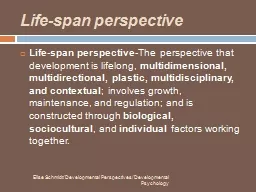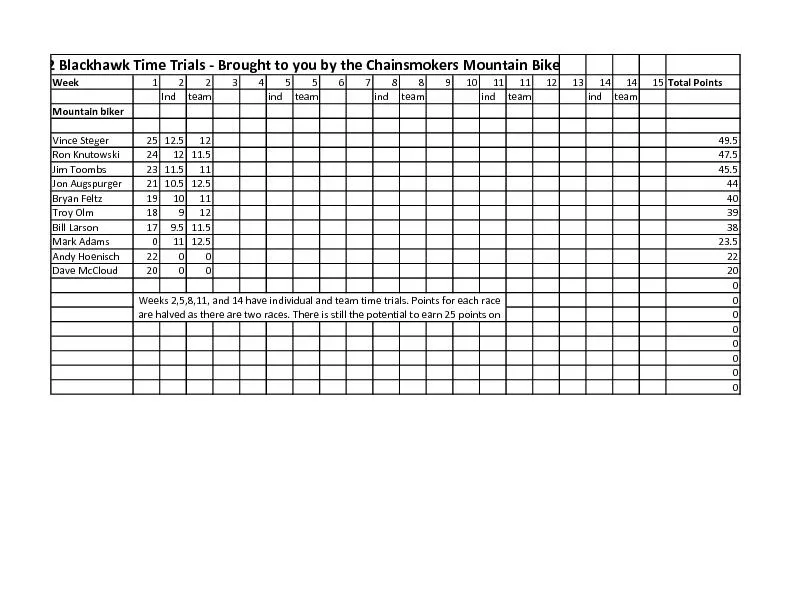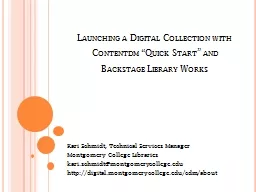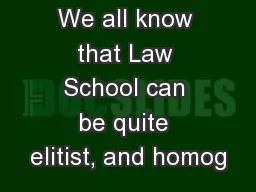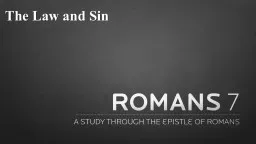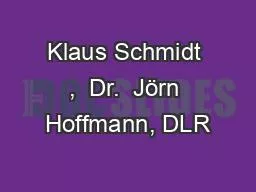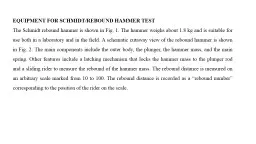PPT-Schmidt Salita Law Team
Author : PlayfulPenguin | Published Date : 2022-07-28
LOVES Chiropractors In spite of their Manipulative Personalities Because they make adjustments for that CONCUSSION FACTS The CONCUSSION INJURY LAWYERS at the Schmidt
Presentation Embed Code
Download Presentation
Download Presentation The PPT/PDF document "Schmidt Salita Law Team" is the property of its rightful owner. Permission is granted to download and print the materials on this website for personal, non-commercial use only, and to display it on your personal computer provided you do not modify the materials and that you retain all copyright notices contained in the materials. By downloading content from our website, you accept the terms of this agreement.
Schmidt Salita Law Team: Transcript
Download Rules Of Document
"Schmidt Salita Law Team"The content belongs to its owner. You may download and print it for personal use, without modification, and keep all copyright notices. By downloading, you agree to these terms.
Related Documents



